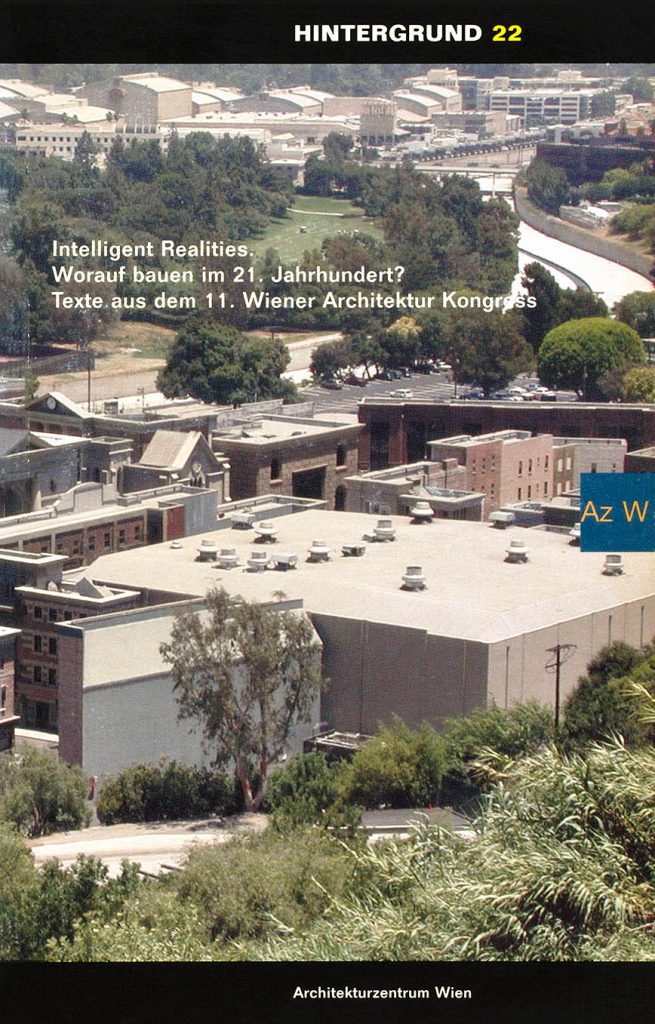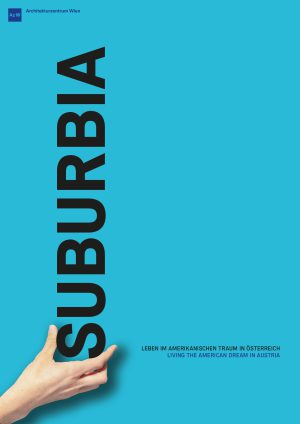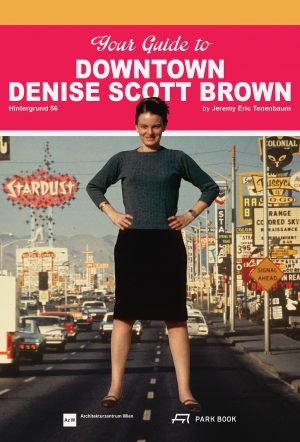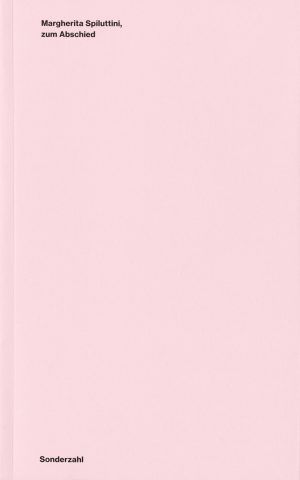
"Can architecture save the planet, or even just ensure the survival of humanity?" was one of our bold core questions in the program text for the 11th Vienna Architecture Congress, entitled "Intelligent Realities. What to build on in the 21st century" .
2,20 €
incl. 10% VAT plus shipping costs




